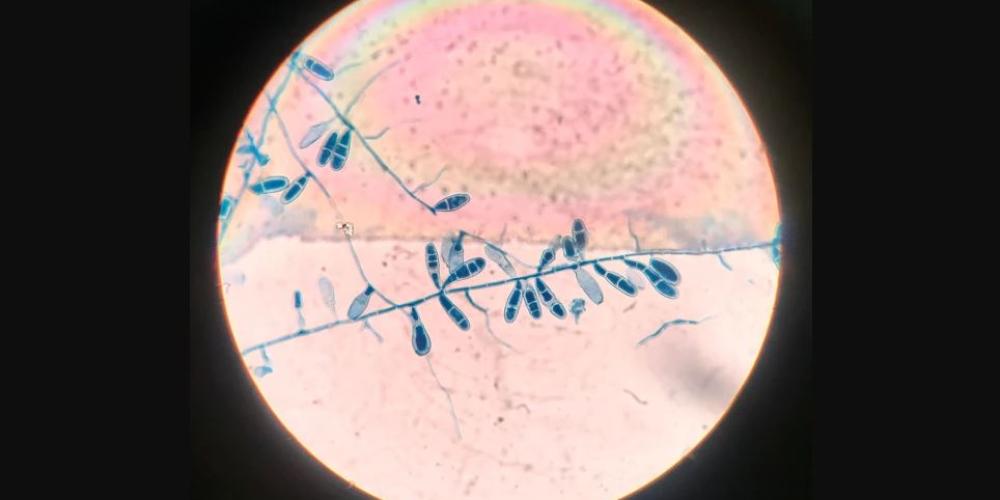
Optical nanomotion detection method published in Science Advances
An optical nanomotion detection method developed at Vrije Universiteit Brussel with the Ecole Polytechnique Fédérale de Lausanne (EPFL) in Switzerland shows that living yeast cells exhibit specific nanometre-scale cell movement. The VUB-EPFL International Joint Research Group on BioNanotechnology & NanoMedicine, led by Professor Ronnie Willaert with a research team from the Structural Biology Brussels (VUB-SBB), Electronics & Informatics Dept (VUB-ETRO) & Laboratoire de Physique de la Matière Vivante (EPFL), characterised this cellular nanomotion pattern using a classic optical microscope equipped with a video camera. Professor Ronnie Willaert: “By automating cell recognition using a deep-learning algorithm, you can eliminate manual cell detection, expand the number of analysed cells and reduce the processing time.” The simplicity of the technique paves the way for numerous applications, including antifungal and antibiotic susceptibility testing or even the search for living organisms in space. The method was published in the renowned journal Science Advances.
Nanomotion detection
The researchers demonstrated that living yeast cells exhibit a specific nanometre-scale cell movement (a nanometre is one-millionth of a millimetre). These vibrations on the nanoscale – nanomotion – appear to be an omnipresent phenomenon in living organisms. The scientists characterised this cellular nanomotion pattern using a classic optical microscope fitted with a video camera.
The method delivers fast results, doesn’t require the cells to be attached to a substrate, and is completely label-free. This relatively simple method allows scientists to determine for example antifungal susceptibility, the dose-response curve and the minimum inhibitory concentration for various clinical Candida strains in a few hours rather than days or weeks.
Multi-resistant fungi
Willaert: “The new technique can be quickly implemented in a simple operational mobile device in hospitals or even in doctor’s surgeries in developing countries. This allows the implementation of antifungal susceptibility testing in the earliest possible treatment phase and the correct decision to be made for effective personalised antifungal therapy.”
The yeast Candida infects around 1.2 billion people around the world each year. The emergence of new, resistant species is a growing threat to public health. The cause of such multi-resistant pathogens is sometimes the unnecessary and non-specific use of antimicrobial drugs. To reduce this, it is important to quickly identify the most suitable drug. Current technologies to test resistance to antimicrobial materials are reliable but slow since they rely on the growth of the pathogen itself, which can take several days or weeks (for slow growing organisms). As a result, broad-spectrum antimicrobial agents are often used for treatment.
Multiple application areas
The simplicity of the technique paves the way for numerous applications, including susceptibility testing for antibiotics, personalised medicine for the selection of chemotherapy drugs, and the development of new fungicides to tackle fungal plant disease. The nanomotion pattern of living cells can also be considered a signature of a living organism and could therefore be used to detect life in the solar system and beyond. “Given that the chemical composition of these organisms is unknown, a chemical-independent life detector would likely be a suitable device to equip interplanetary probes with in their search for extra-terrestrial living organisms”, says Willaert.
The research was carried out by the VUB research groups Structural Biology Brussels (SBB), Electronics and Informatics - Audio-Visual Processing (ETRO-AVSP) and the International Joint Research Group NanoBiotechnology & NanoMedicine (Vrije Universiteit Brussel-EPFL), and the Laboratory of the Physics of Living Matter, EPFL.